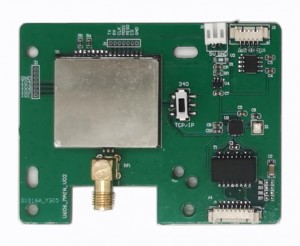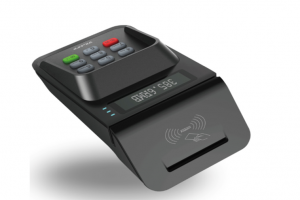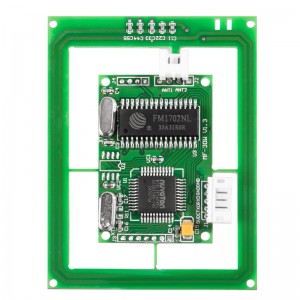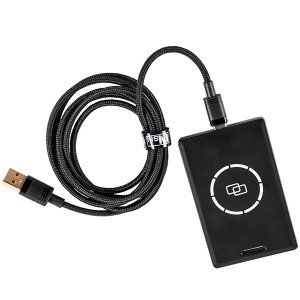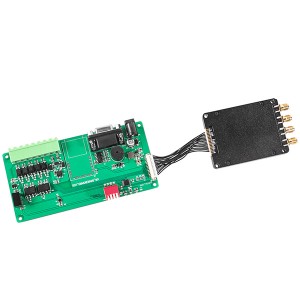Introduction to Basic Knowledge of IC Card Production
Standard protocol for IC cards: 1. Contact based smart card standard ISO/IEC 7816 2. Non contact based smart card standard IS0/IEC14443
Card classification: 1. According to materials, it can be divided into ABS, PVC, PET, PETG, PC, etc. 2. It can be divided into telecommunications and non telecommunications according to its purpose; 3. It can be divided into contact cards and non-contact cards according to modules. There are also composite cards, dual interface cards, and so on.
Card base composition: 1. Ordinary contact card, double-layer material printing front and back, surface polished oil; 2. Special contact card, double-layer printing material, double-layer protective film on both sides. 3. Non contact card double-layer printing, with INLAY added in the middle of the double-layer protective film (can be 3-5 layers).
Preparation before printing: 1. Collage film: Combine the returned film with the PS version. 2. Print: Transfer the message from the film to the PS version. 3. Development: Using an automatic developer for development (similar to washing images). 4. Torch oil baking plate: Dry the developed plate to form a PS plate that can be used for printing
Printing and screen printing
1. Before printing, prepare the plate and add ink to the printing machine to prepare for printing. If there is a spot color (spot color ink refers to a pre mixed specific color ink, please refer to the special document), first adjust the spot color ink, and first adjust the color to be as consistent as possible with the sample card. Starting printing, continuous sampling is carried out during the printing process. If any problems are found, the machine will be shut down for processing. If it needs to be restarted, it will need to be re drawn. This process will result in color difference, and now both the front and back of the printing plate will appear.
2. Screen printing A. Screen printing glue (used in the middle of two layers of printing material, PVC material can be melted together if the temperature is high enough without glue) B. Screen printing water-based oil (used for PVC film cards) or varnish (used for ordinary non film cards) D. Screen printing signature strip
Lamination
1. Spot welding is to point the front and back together according to the rules (if there is a PVC film without magnetic strips, also point the film)
2. If it is a film with magnetic stripes, directly align the magnetic stripes with the card and dot the film onto the material. If it is a film without magnetic stripes, manually add dots one by one on the spot welded material (and the magnetic stripes are divided into peel off and non peel off types. The non peel off type can be laminated in one go, while the peel off type needs to be laminated twice to remove the surface protective film, or the surface protective film needs to be removed when magnetic stripes are pointed)
3. Stacking and laminating: Stack the prepared materials on top into steel plates and prepare 10-13 sheets for lamination. After stacking and laminating, adjust the parameters of the laminating machine (depending on the material) for lamination. When laminating, press it into a smooth or matte surface or semi smooth or semi matte according to customer requirements.
Punching, inspection, sampling, and warehousing
1. Punching cards: Each outsourced factory presses cards according to their own layout, such as 3 * 8, 4 * 4, 5 * 5, etc. This process is prone to burrs, such as PVC cards, which can also cause card breakage (i.e. edge film phenomenon). And if the bleeding position is designed to be small, the defective products can be picked out by punching the card here.
2. QC conducts a full inspection of the cards according to the standard
3. QA conducts spot checks according to AQL0.65
4. Warehousing



